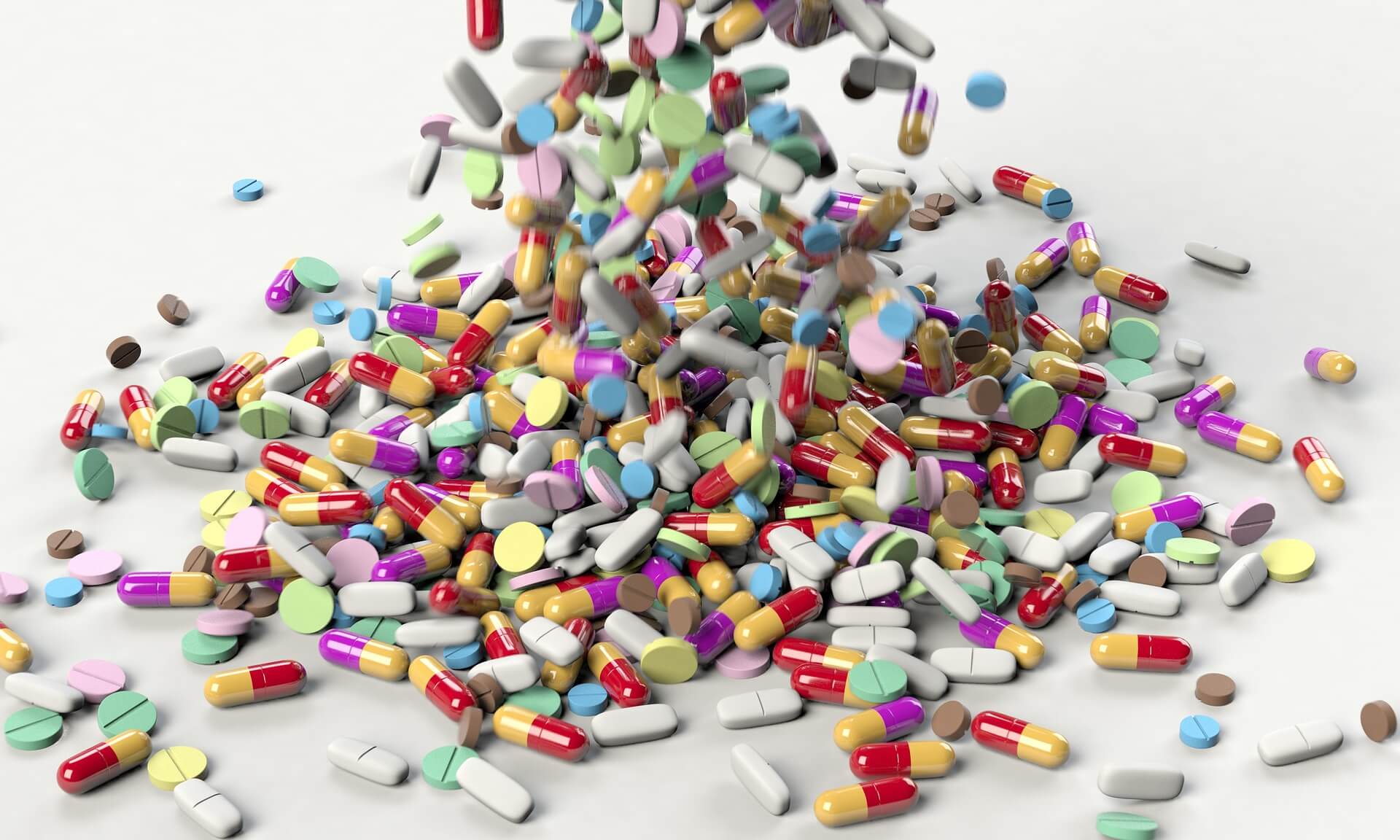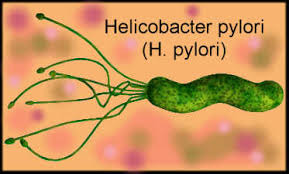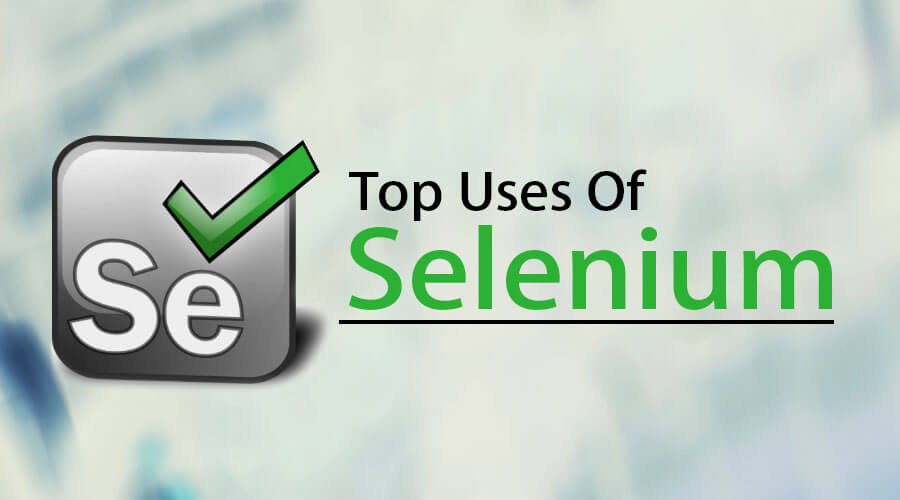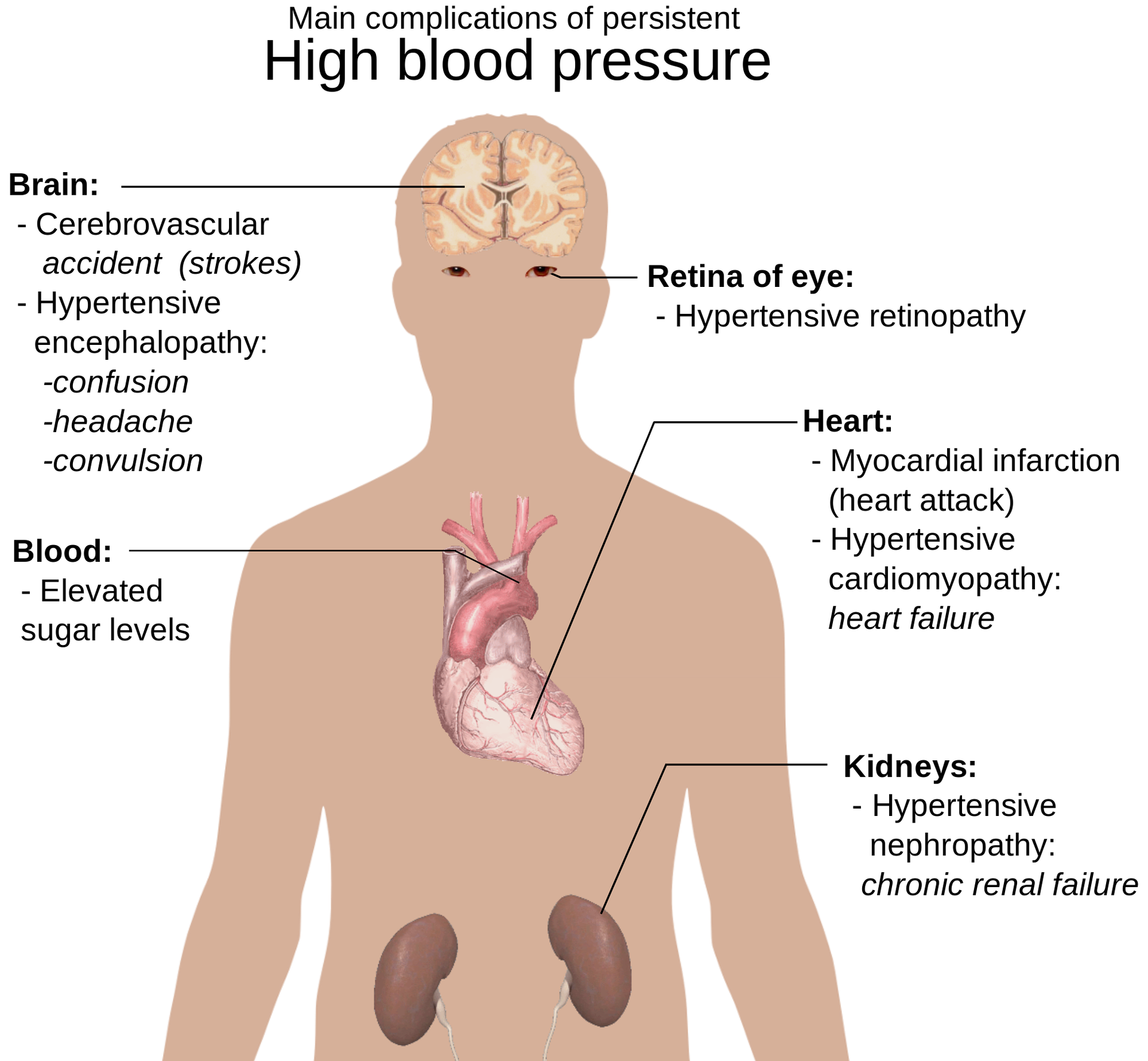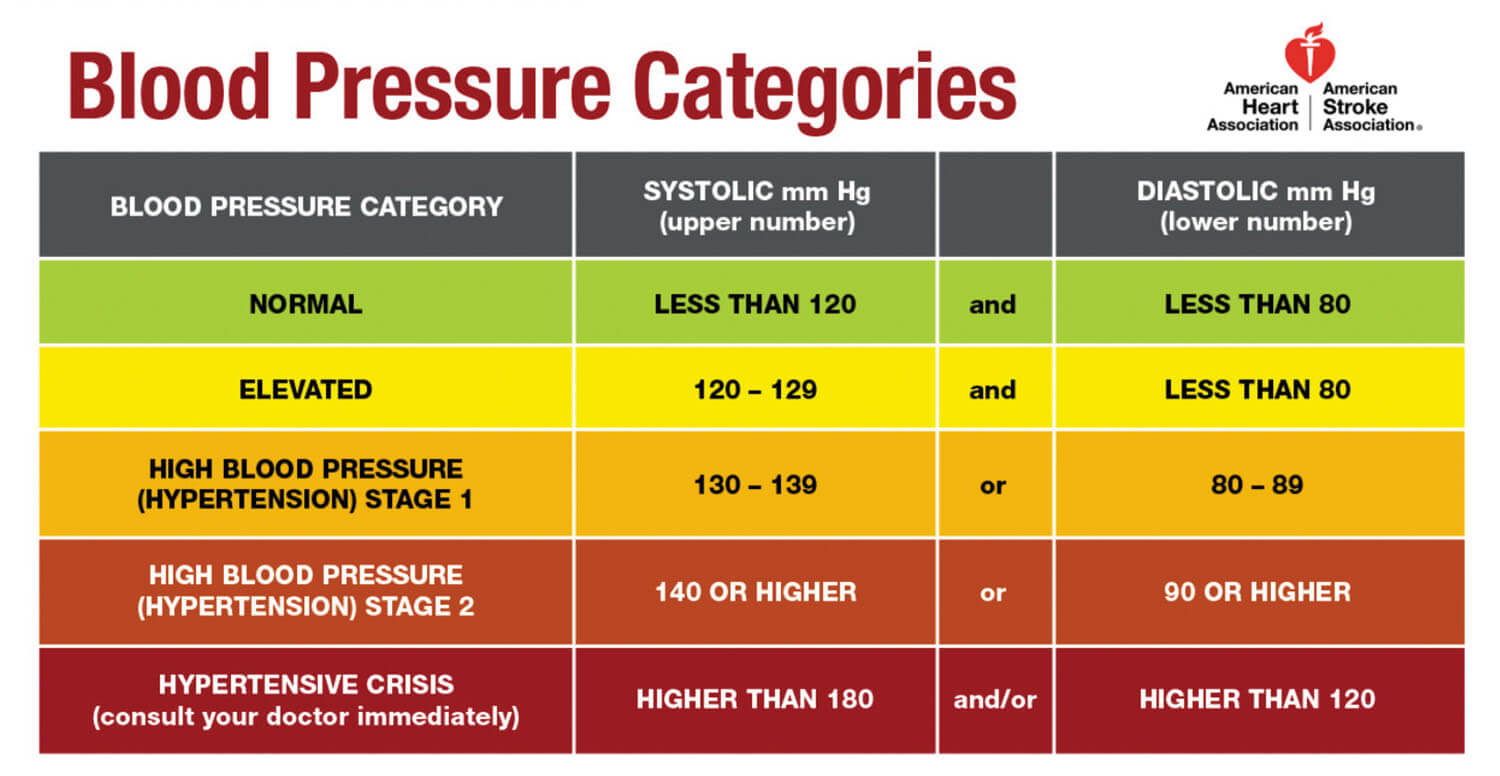Your immune system can defeat the current virus
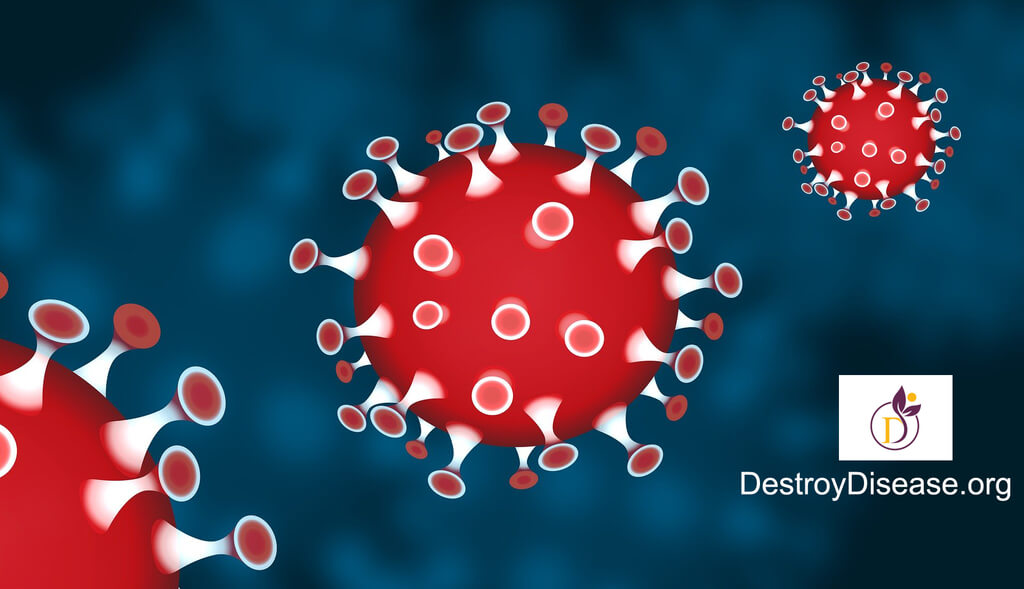
Current Virus pandemic
The current virus pandemic that has swept the globe has sent many people and Governments into a media-led hysteria. Everyone seems to forget that every year there is a new virus appearing that our immune system must deal with.
The fact that this new virus has ‘no cure’ is no different to previous years but leaves the individual not only powerless but also uninformed when it comes to their body and their health.
Our immune system is our natural defense mechanism against viral, bacterial, and fungal infections – and today, we will help give back your power by highlighting some of the most effective ways to boost your immune system naturally. These simple ways can be used even when we are not panicking about this current virus.
Your Immune System is on duty every minute of every day
Fear alarm bells across the globe are going off, sending people in a panic about this ‘deadly’ virus with ‘no cure.’ Just about every year, we are faced with a worldwide pandemic regarding a new type of illness, be it SARS, H1N1, Zika… the list goes on. The concept of needing a ‘cure’ to these viruses is entirely absurd: the body ‘cures’ itself thanks to something called your immune system. Your immune system is ion call to act every minute of every day. Keeping your immune system in good order should be your top priority every day.
What is the Immune System?
The immune system is comprised of the organs and bodily processes that provide resistance to infections and toxicity. Key players include the thymus, liver, bone marrow, lymph nodes—and leukocytes (white blood cells).
How Does the Immune System Work?
When a foreign substance (known as antigens) enters your body, your white blood cells go to work. These leukocytes are divided into different camps, some that fight the bacteria, others that keep a record of the invaders. This response is known as an antibody response. This antibody is a type of protein that stays in your body and increases your resilience to future pathogens. It is in way that your immune system builds up a resistance to all the continual attacks our bodies are subjected to on a daily basis.
The complex network of cells and proteins that make up your immune system keeps a record of every microbe that enters your body so that it knows how to defend your body against viral, bacterial, or fungal foreign invaders. This protection is why exposing ourselves and our children to mild to moderate infections makes the immune system stronger!
Feeling Better From The Inside Out
The very concept of needing a ‘cure’ for something doesn’t acknowledge the fact that instead of fighting a virus from the outside in, your best bet is to support your body’s innate intelligence and let it work the way it is supposed to.
There is no ‘cure’ for the seasonal flu either, and yet countless people catch the flu every year and fight it off. Whether your goal is total prevention or getting over a virus quickly: the secret is immune strength.
Now, let’s get to the good stuff: how to boost your immune system naturally.
Top Ways To Naturally Boost Your Immunity
Keeping your immune system healthy and strong requires a holistic approach and an understanding of balance. Stressing it out with exercise can help boost it, but too much exercise (and stress in general), can harm it. Sunshine is great, but sunburn is not.
Sunshine / Vitamin D
The sun’s UV rays are nature’s antibacterial, antiviral, and anti-fungal healers. Exposure to daylight has benefits that include setting your circadian rhythm (which is key to a good night’s sleep), it boosts mood, it regulates hormones, and provides fat-soluble vitamin D for free.
Getting enough daily sun can be difficult, especially during virus-prone seasons like winter. Although you should still try to expose your face to the sun even during the weaker UV months, taking a high-quality vitamin D supplement can be a great way to bridge the gap between fall and spring.
Boost Your Immune System Naturally: Quality Sleep
Sleep is the backbone of a robust immune system because it provides your body the opportunity to rest and digest. The high-stress lifestyles of modern-day life requires sufficient good quality rest to enable the body to continue to operate optimally and feel energized. Poor sleep triggers poor lifestyle choices (like too much sugar and caffeine), which can also lower your natural immunity.
The key to sleep isn’t quantity so much as quality. Quality sleep starts the morning off by getting your exposure to the morning light. This helps set your circadian rhythm for a day of hormonal health.
Other critical aspects of cultivating quality sleep include:
Avoiding artificial blue light after sundown
Avoiding caffeine after midday
Having a regular sleep/ wake time
Turning off wi-fi and electronics at night
Avoiding alcohol before bed
Avoiding big meals 3 hours before bed
Avoiding exercise 3 hours before bed (ideally, exercising in the morning or early afternoon)
Hands to Face Awareness to support your Immune System
Washing your hands to prevent catching a virus is similar to looking left, right and left again before crossing the road to avoid getting hit by a vehicle. It is common sense and becoming a habit will prevent the majority of infections. Your face (eyes, nose, and mouth) are the most significant gateway into your body. Keeping your hands away from your face is key to keeping bacterial and viral pathogens out of your system.
Although hand washing is vital, you want to avoid using antibacterial soaps or agents of any kind. These antibacterial properties kill not only harmful bacteria but also the good. Your skin microbiome is a line of defense against infection, and keeping it intact is very important to immune resilience.
There are a few critical natural ways to kill these germs without harming the good bacteria of your microbiome, including:
Wormseed Oil:
Wormseed oil is loaded with limonene and terpinenes. This oil is widely used to treat parasitic infections, as well as inflammation of the joints and of the skin. Wormseed has calming properties that relieve anxiety, nervousness, and depression.
Wintergreen Oil:
This oil comes from a creeping shrub and contains a unique chemical component called methyl salicylate that treats bacterial infections, colds, sore throat, headaches, skin conditions, and tooth decay.
Basil Oil:
Because of its high linalool content, basil oil (that comes from the basil plant) is well known for its calming yet fortifying properties. It helps relieve respiratory tract ailments, soothes headaches, and relieves digestive upset.
Spearmint Oil:
Spearmint is commonly used to help relieve symptoms of indigestion, nausea, vomiting, and gas, but this perennial plant also has a wide range of benefits, including fighting bacterial infections, promotes balanced blood sugar, helps balance women’s hormones, and improving memory.
Leptotaenia Oil:
Also known as desert parsley, this oil has been used by traditional Native American cultures due to its potent antiviral properties. It is particularly beneficial for respiratory tract and urinary tract infections, and to treat coughs, colds, asthma, hay fever, bronchitis, pneumonia, influenza, and tuberculosis.
WO Oil
This is known a “fix anything oil originally from China. It is made from various therapeutic grade oils for external use only. It can be applied topically to the skin (avoiding eyes) and can be diluted in a carrier oil (like coconut oil). It can also be heavily diluted in a spray bottle with water, and used as a cleaning agent or to spray topically on wounds, abrasions, cuts, and bruises.
Colloidal Silver
Colloidal silver is one of the most well scientifically supported natural antiviral, antibacterial, and anti-fungal agents with immune-boosting properties. Research suggests that it attaches to proteins on the cell walls of bacteria, damaging their cell membranes. Pathogens are water-soluble, but a fat-soluble layer surrounds healthy cells and good bacteria. Colloidal silver, therefore, selectively targets pathogens since it cannot penetrate the fat-soluble layer of your healthy cells and microbes.
Colloidal silver is making waves in the world of natural healing, for its ability to target even the most drug-resistant super-bugs. It has been tested against 650 common and exotic infections and diseases, with positive results including the notoriously difficult infections like MRSA.
Colloidal silver can be used both internally and externally. When used internally, colloidal silver is a great preventative solution to illness during high-viral seasons, or while traveling. It can be taken undiluted, 2-3 times per day. Topically, colloidal silver is a fantastic antibacterial and antiviral agent. It can be applied on cuts and scrapes to disinfect. Colloidal silver works to eradicate and soothe various skin ailments used topically, including eczema, rashes, insect bites, ringworm, and herpes. It can also be put into a spray bottle and used as a disinfectant spray for hands or surfaces.
Boost Your Immune System Naturally With Sweat
Sweating can be a great way to ‘sweat out’ pathogens. Raising your core body temperature to the point of breaking a sweat acts similarly to a fever which is a natural response to pathogenic infections.
Be mindful that if your immune system is already compromised, you may be better off resting. Sweat-inducing activities do stress the body, which can be too much if your body is already fighting off a primary virus or bacterial infection. If you’re not sure whether or not you should be exercising, try opting for a sauna instead. Sauna shares the majority of the same benefits as exercise but is generally a more relaxing experience for the body and mind.
Cycle In A Natural Supplement with Antiviral Properties
Although antibiotics may have a place used very mindfully, many times, the prescription of a pharmaceutical drug could have yielded better results with a natural supplement. Many herbs have potent antiviral, bacterial, and fungal properties without the host of side effects and microbiome destruction that come with antibiotic drugs.
WASASH is an example of a powerful supplement with antiviral and immune-boosting properties that contains a combination of ingredients that help fight off the harmful microbes and also support the good ones. Wasabia japonica works as a bronchial, intestinal and urinary antiseptic and is one of nature’s most potent infection fighters. Ashwagandgha is almost like a backup immune system—so if your primary system is compromised, it can help keep the “bad guys” at bay until you recover.
You want to avoid taking natural antiviral/ bacterial/ fungal supplements for an extended period because they can eventually start to lower immunity. To get the most out of them, consider cycling them up to two months, and then taking a 2-4 week break. To use WASASH, simply take 3 capsules a day for a month, or as directed. Then, take as needed for maintenance – 1 a day. If you do have an infection, it is best to continue their use for two full weeks after all symptoms and signs of infection have been eliminated. Continuing post-illness helps strengthen the body and minimize the chance of the return of a low-grade infection.
Don’t Live In Fear and Manage Your Stress Levels
Living with even low levels of underlying chronic fear and stress, in general, will drastically lower your immune system capabilities. Mental stress and anxiety are both concepts that reside in the mind; they are a projection into the future about what may or may not happen. This fear served a purpose for our ancestors who needed a finely tuned fear meter in order to be aware of predators in the wild. For them, these bouts of stress were relatively isolated – if something worth fearing reared its head, they would be pumped with stress hormones, deal with the situation, and then return to baseline.
Today, we live lives that are incredibly safe and comfortable in comparison, but we have cultivated underlying low levels of chronic stress. By telling ourselves stories about the future, many people end up living in constant fight-or-flight mode. The body cannot distinguish between a real or perceived threat, and it reacts by releasing stress hormones like cortisol to keep you alert and ready to run. The problem is that these stress hormones also suppress your immune systems ability to rest and regenerate.
If you want to boost your resilience for times of higher risk when it comes to contracting a virus, it is imperative that you not be operating on ‘alert mode’ 24/7. This resilience requires the cultivation of daily relaxation habits, like having a mindfulness practice, meditation, gentle yoga, walking in nature, and breath work.
Living in fear takes what might be, and makes it very real for your body. Be aware that life can be a dangerous place, that viruses do exist, and so do accidents, and so does an eventual death. But knowing that your body is incredibly resilient, capable, and durable, especially when you support it with healthy habits and mindful living reduces that fear factor.
Boost Your Immune System Naturally: Summary
Viruses Are Everywhere. Why Do Only Some People Get Sick?
It turns out that many people—due to genetics, toxins, stress, or other factors—have “holes” in their immune system that makes them more vulnerable to bugs.
That’s why it’s important to support your immune system and give it a lifeline. And the best way to do this is with nutrients and plant extracts clinically studied for their ability to support us in human trials.
This is what makes WASASH such a breakthrough formula: it contains 2 of the most researched and effective immune boosters, extracted using a proprietary process that maximizes therapeutic elements of each plant.
The result? It’s like having a backup immune system that supports you, 24/7, whether you’re at home or outside, in all types of scenarios. This potent, highly-concentrated solution fits easily in your morning routine and can help support your immune system anywhere you go.
Viral, bacterial, and fungal infections will always be present on the earth, and our immune system is our first line of defense against these pathogenic infections. Living in a state of fear will lower your immune response, so taking preventative and proactive methods to naturally support your immune system is truly the best way to overcome the hysteria of these yearly viruses. Whether you’re trying to avoid the common flu or the coronavirus, consider a vitamin D supplement, improving your sleep quality, having face/hand awareness, sweating regularly, and taking a natural antiviral supplement.
References
Aranow, Cynthia. “Vitamin D and the Immune System.” Journal of Investigative Medicine, vol. 59, no. 6, Jan. 2011, pp. 881–886., doi:10.2310/jim.0b013e31821b8755.
Carlson, H. J., and H. G. Douglas. “Antibiotic Agents Separated from the Root of Lace-Leaved Leptotaenia 1.” Journal of Bacteriology, vol. 55, no. 5, 1948, pp. 615–621., doi:10.1128/jb.55.5.615-621.1948.
Devereux, G. “The Immune System: an Overview.” Nutrition and Immune Function, pp. 1–20., doi:10.1079/9780851995830.0001.
Djilani, Abdelouaheb, and Amadou Dicko. “The Therapeutic Benefits of Essential Oils.” Nutrition, Well-Being, and Health, 2012, doi:10.5772/25344.
Galdiero, Stefania, et al. “Silver Nanoparticles as Potential Antiviral Agents.” Molecules, vol. 16, no. 10, 2011, pp. 8894–8918., doi:10.3390/molecules16108894.
Hoffman-Goetz, Laurie, and Bente Klarlund Pedersen. “Exercise and the Immune System: a Model of the Stress Response?” Immunology Today, vol. 15, no. 8, 1994, pp. 382–387., doi:10.1016/0167-5699(94)90177-5.
Hughes, D. A. “Antioxidant Vitamins and Immune Function.” Nutrition and Immune Function, pp. 171–191., doi:10.1079/9780851995830.0171.
Medrano, Mayte, et al. “Vitamin D: Effect on Haematopoiesis and Immune System and Clinical Applications.” International Journal of Molecular Sciences, vol. 19, no. 9, Aug. 2018, p. 2663., doi:10.3390/ijms19092663.
Orłowski, Piotr, et al. “Antiviral Activity of Tannic Acid Modified Silver Nanoparticles: Potential to Activate Immune Response in Herpes Genitalis.” Viruses, vol. 10, no. 10, 2018, p. 524., doi:10.3390/v10100524.
Peterfalvi, Agnes, et al. “Much More Than a Pleasant Scent: A Review on Essential Oils Supporting the Immune System.” Molecules, vol. 24, no. 24, Nov. 2019, p. 4530., doi:10.3390/molecules24244530.
Reichling, Jürgen, et al. “Essential Oils of Aromatic Plants with Antibacterial, Antifungal, Antiviral, and Cytotoxic Properties – an Overview.” Complementary Medicine Research, vol. 16, no. 2, 2009, pp. 79–90., doi:10.1159/000207196.
Rogers, Naomi L., et al. “Neuroimmunologic Aspects of Sleep and Sleep Loss.” Seminars in Clinical Neuropsychiatry, vol. 6, no. 4, 2001, pp. 295–307., doi:10.1053/scnp.2001.27907.
Walker, Matthew P. Why We Sleep: Unlocking the Power of Sleep and Dreams. Scribner, an Imprint of Simon & Schuster, Inc., 2018.
Woods, Ja, et al. “Exercise and Cellular Innate Immune Function.” Rehabilitation Oncology, vol. 19, no. 2, 2001, p. 34., doi:10.1097/01893697-200119020-00043.



